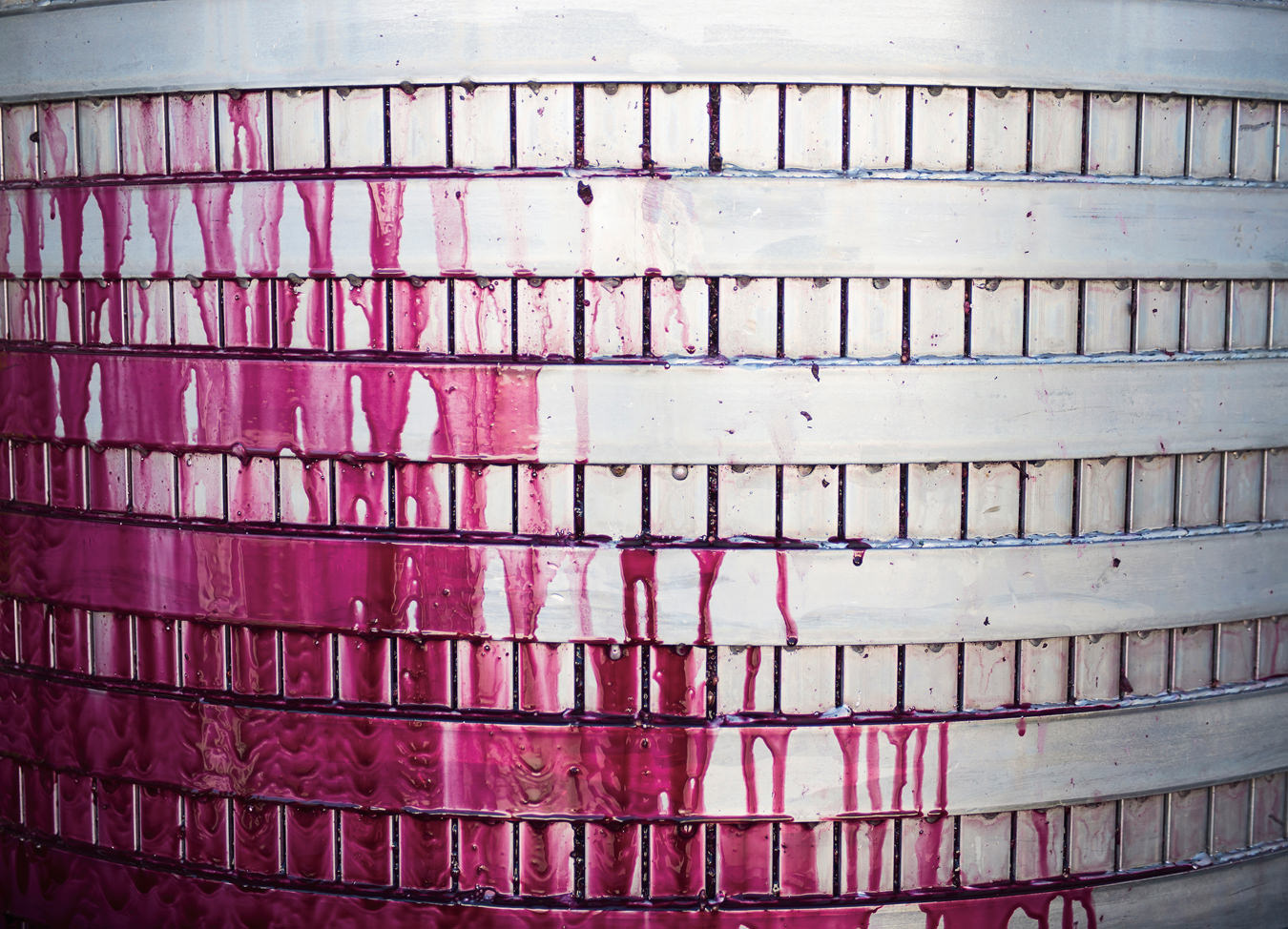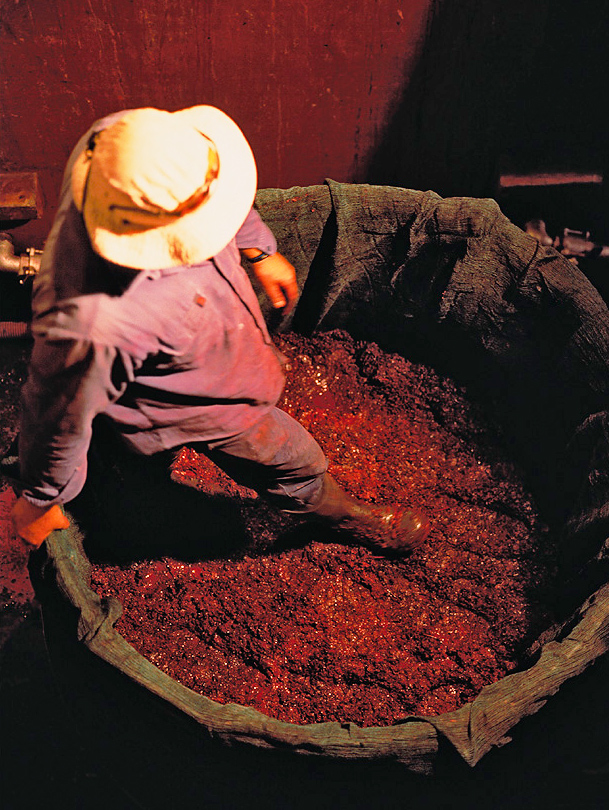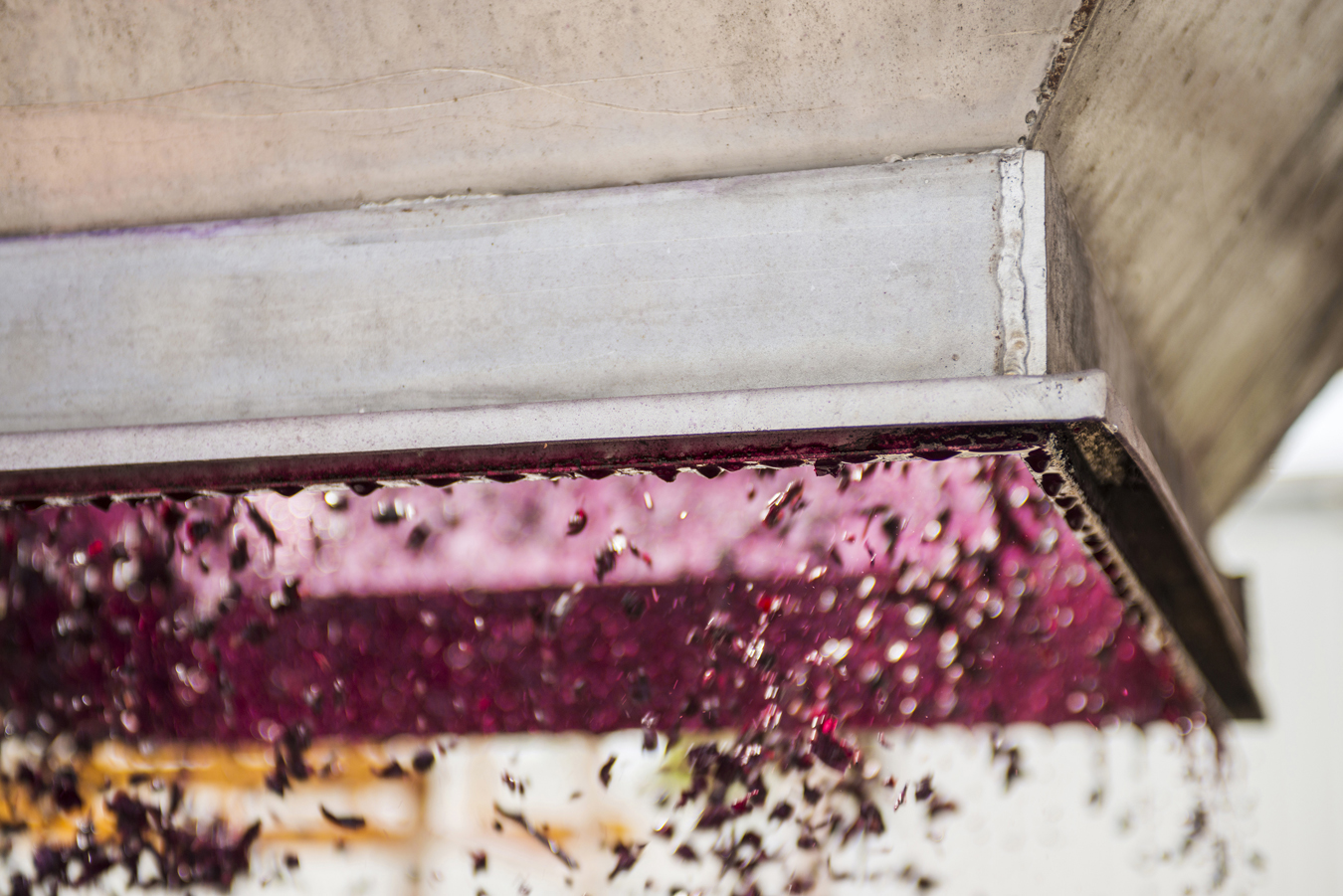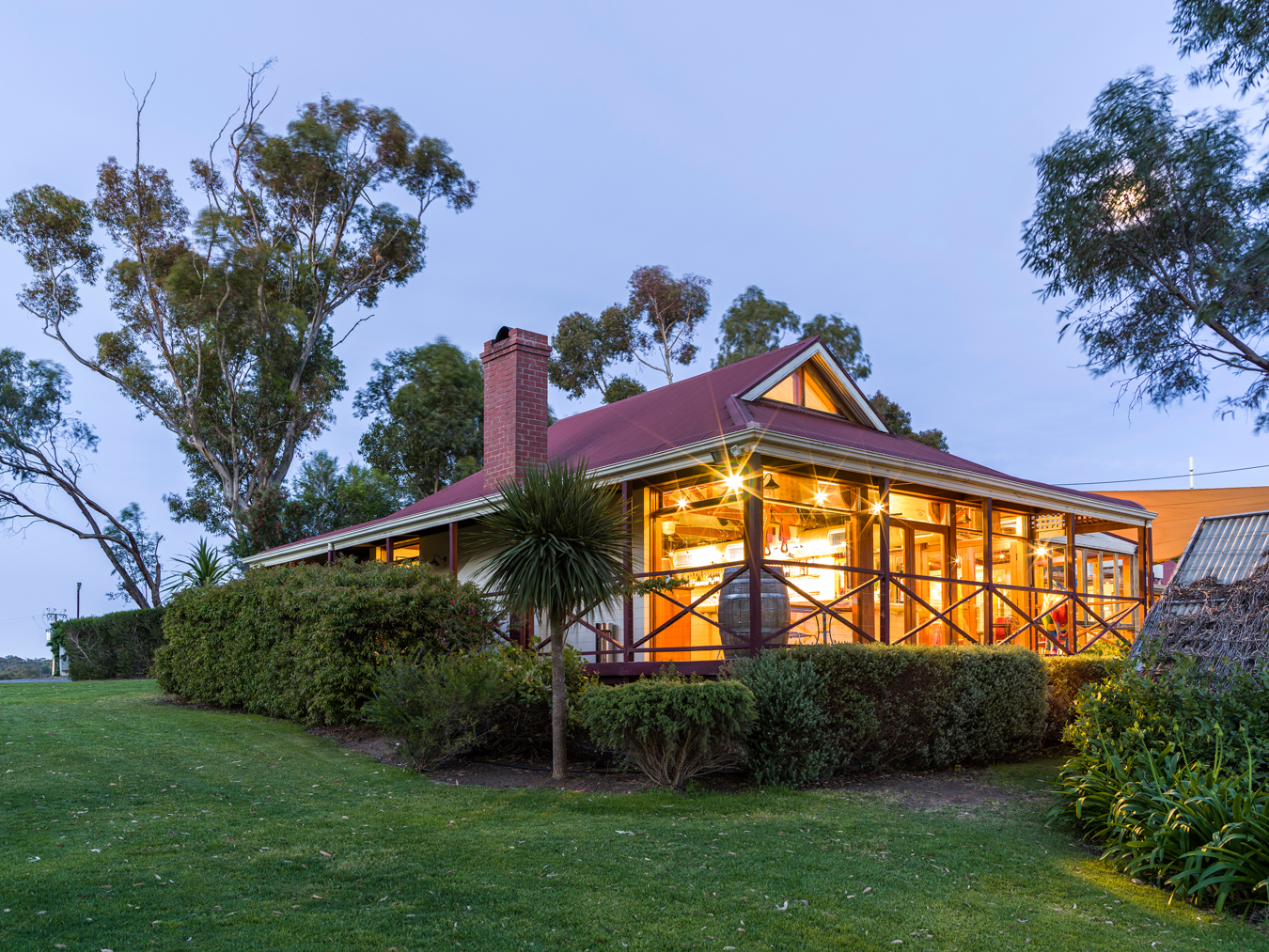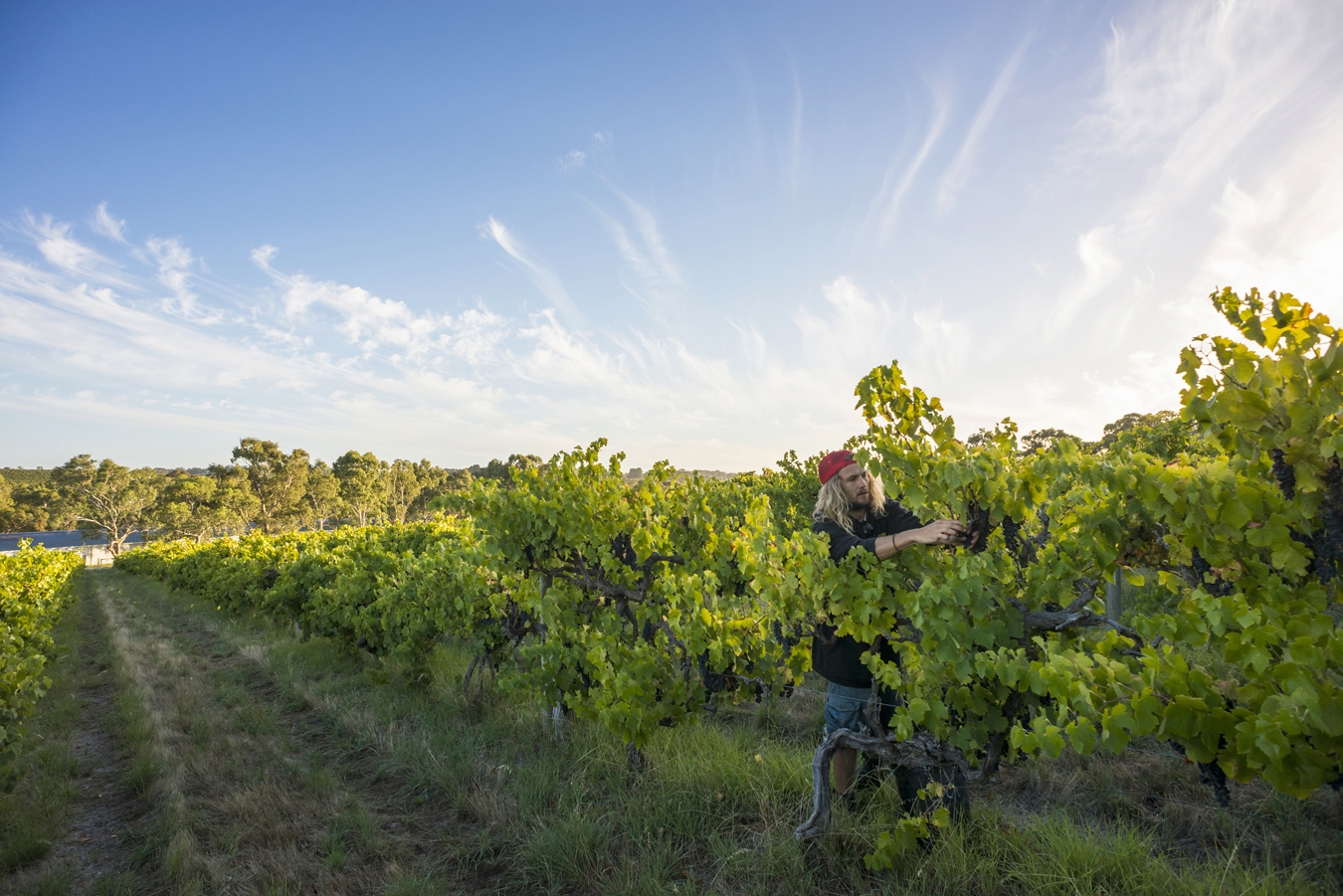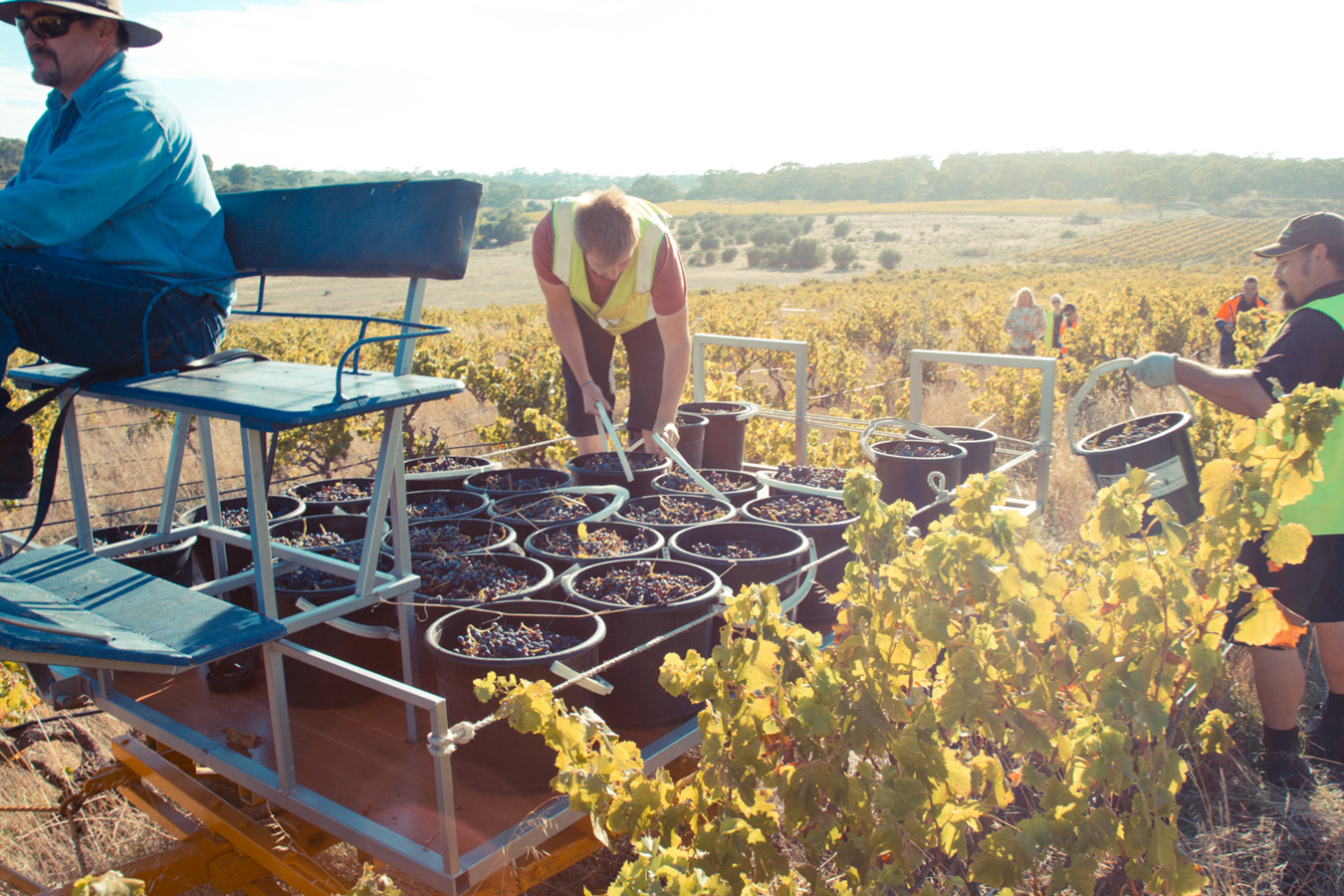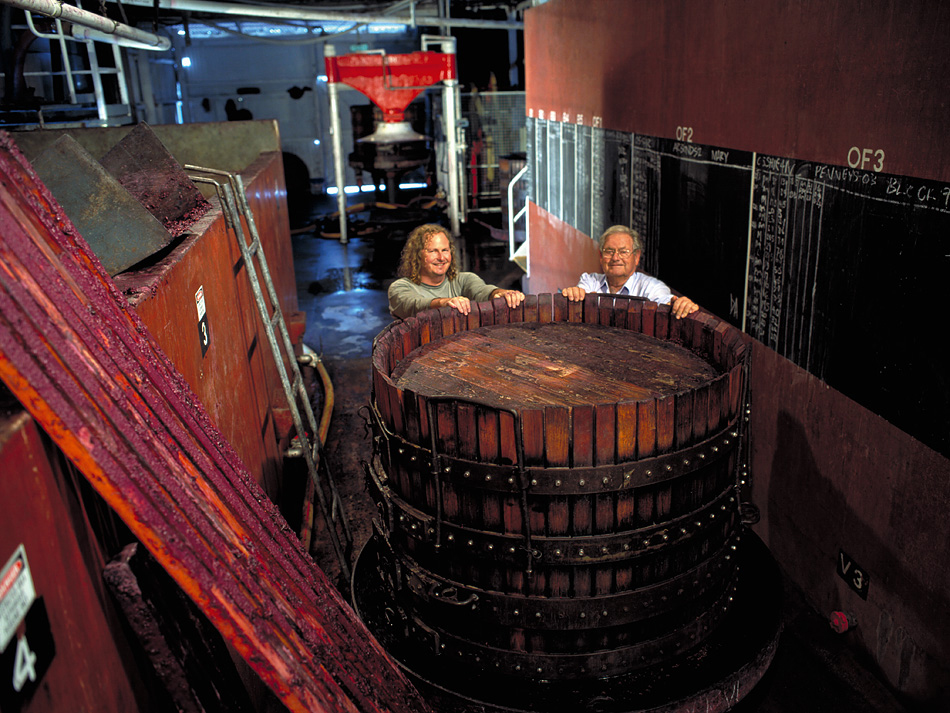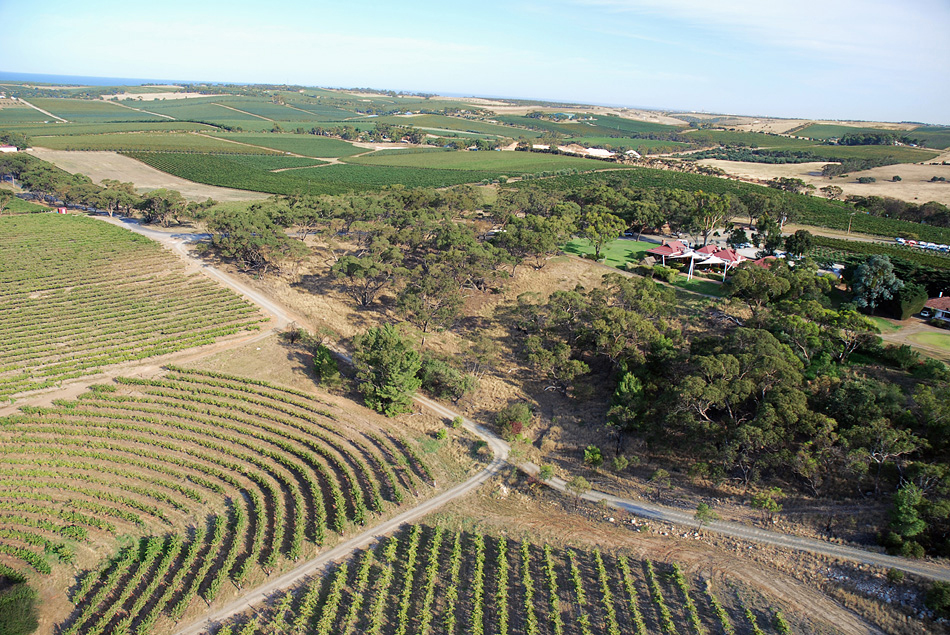McLaren Vale probably doesn’t get the respect it should. Much the way Sonoma County lives in the shadow of nearby Napa Valley, McLaren Vale, some 35 kilometres south of Adelaide in Australia, has the celebrated Barossa Valley, 60 kilometres northeast of Adelaide, to contend with, yet there is little to suggest they are not equals.
Fame is no match, though, for the authenticity, quality, charm, and dogged determination coming out of d’Arenberg Winery, a McLaren Vale icon, the land for which was first bought in 1912. Francis “d’Arry” Osborn, now 89 years old, has been in charge of the property since 1957, and still on occasion walks through the restaurant and says hello to customers.
Osborn left school in 1943 at age 16 to help his ailing father run the business: selling grapes and bulk wine to other companies. It wasn’t long after his father’s death that he launched his own label, d’Arenberg, named in honour of his mother, who died shortly after giving birth to him. It was Osborn who came up with the idea to place a distinctive red stripe on the d’Arenberg label, reminiscent of his school days tie. Nearly 60 years later, the signature diagonal stripe of d’Arenberg is recognized around the world.
With the Gulf St Vincent out front and the Mount Lofty hills behind, d’Arenberg’s prosperity is largely linked to its positioning in the McLaren Vale. Cooling sea breezes in the day give way to an evening katabatic wind. The region gained formal Geographical Indication status in 1997. As the legacy of the large wineries fades across Australia, McLaren Vale is becoming home to a whole new industry, driven by the obsession to be different.
Under Osborn’s son Chester, who took over as chief winemaker in 1984, the legend of d’Arenberg has grown even more. The folksy-looking, biodynamic-certified producer has quietly grown winery production to 250,000 cases, leaving the cellar door bursting at the seams. Currently Chester makes 60 different wines, including 12 single vineyards. The property boasts 33 different grape varieties, from sagrantino and aglianico, to the Rioja rarity graciano. McLaren Vale producers as a whole are embracing varieties that were first planted by early settlers, including many Mediterranean varieties.
Soon the d’Arenberg site will boast a futuristic-looking cube structure inspired by the popular Rubik’s Cube. The five-storey, multi-function building is now fully under construction. The plan is to include a new tasting room, several bars, another restaurant, private tasting rooms, and office space, plus accommodation that would be a regional tourism draw. Take that, Barossa.
It’s not just d’Arenberg that is turning up the heat; the entire region seems revitalized. There is a very energetic group of young growers pushing all the envelopes, even while respecting the boundaries. The McLaren Vale Scarce Earth project is a brilliant initiative started by a group of McLaren Vale winemakers and viticulturists, intended to explore and celebrate this diversity with one of the region’s key varieties: shiraz. All wines are sourced from a single site—a small plot of land with a unique flavour profile and personality. McLaren Vale Scarce Earth-approved wines are identifiable through an exclusive neck label and are released to market on the first of May each year.
Here in Canada, there are at least 20 different d’Arenberg labels available depending on where you live, but none more representative or iconic than The Dead Arm Shiraz. Dead Arm is a vine disease caused by the fungus Eutypa lata that randomly affects vineyards all over the world. Chester says that “one half, or an ‘arm’, of the vine slowly becomes reduced to dead wood. That side may be lifeless and brittle, but the grapes on the other side, while low yielding, display amazing intensity.” The Dead Arm Shiraz is all about small-batch winemaking. Grapes are crushed gently and transferred to open fermenters. Old-school foot treading is undertaken two-thirds of the way through fermentation, before the wine is basket-pressed and transferred to a mix of new and used French and old American oak barriques. The barrel ferments are aged on lees, and there is no racking until final blending, and no fining or filtration. The result is a serious bottle of shiraz that won’t reach its full potential for another 20 years.
By that time, The d’Arenberg Cube will be as well established as Osborn’s red stripe label, just the way the family planned it.
_________
Another bottle. Read more wine stories.

